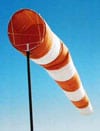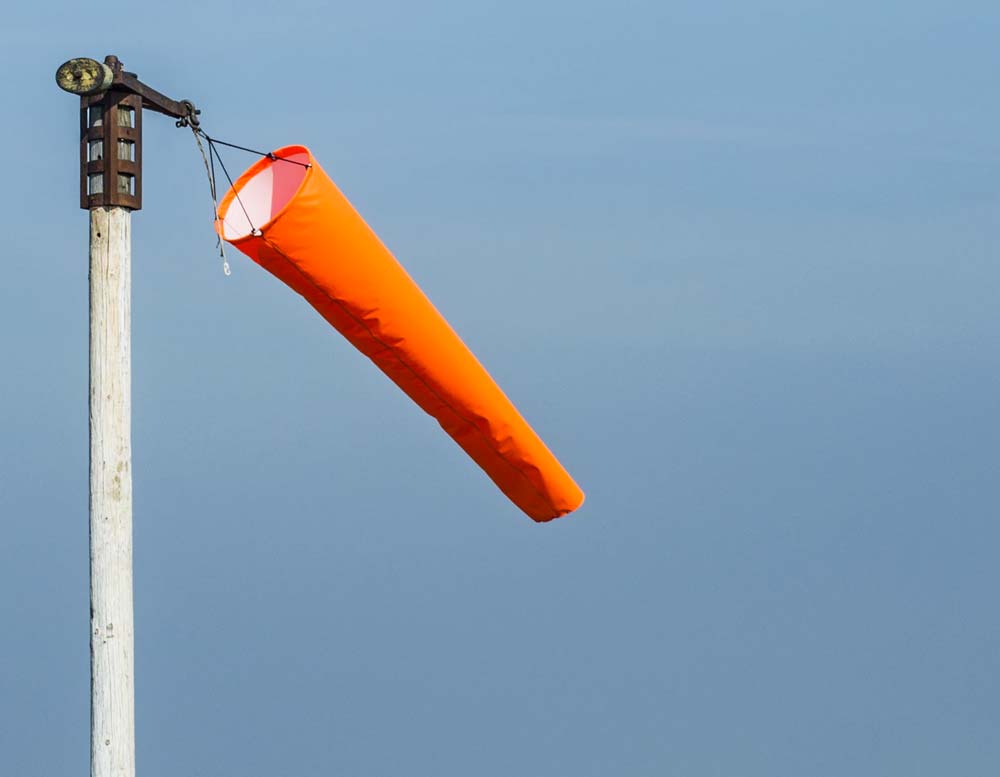If you’re an athlete at the top of your game, you know that running in wind can make or break your race.
The weather can either be a help or a hindrance – providing wind assistance or pushing you back. Even a few seconds of mild wind can mean the difference between trailing last across the finish line or being crowned the winner in a competitive race.
Wind is particularly important when it comes to races like the 100m and 200m dash. These are run in one direction, with very narrow gaps behind finishers. Your closest competitor might have edged past you by a second. The winning time could be measured in hundredths of a second.
So what do terms like ‘legal wind’ or ‘wind aided’ mean? And how do race officials allow for the difference between runners who run into the wind or against it?
We’ll take you through all the track and field terminology so you can calculate your wind conversions and take your sprint to the next level… whether it’s gusting wind or just blowing a breeze.
Contents
What is Wind Assistance?

Wind assistance is normally quantified in meters per second and can be either positive or negative (depending on whether it helps runners or slows them down).
You may have heard of ‘tail winds’ and ‘head winds’ – this is just another way of describing whether the wind is at the runner’s front (head) or back (tail).
We’ll get into wind limits below, but as an example, winds of -2.2m/s and +1.9m/s are legal, while a wind of +2.1m/s provides too much assistance and is therefore considered illegal.
When Does Wind Assistance Apply?
Wind assistance generally only comes into play for the shorter track and field events (i.e., those that are only run in one direction).
These include:
- 60 meters
- 100 meters
- 200 meters
- 100/110 meter hurdles
- Triple jump
- Long jump
For other races, such as the 400m or 800m, runners travel a loop around the track, so they have to deal with the wind switching from propelling them forward or providing resistance.
Since the wind will eventually be facing their front, followed by at their back (depending on where they are on the track), this nullifies its effect on race times overall.
Wind Speed Limits

For track & field events, the maximum legal wind assistance is 2 meters per second.
What does this mean? Simply put, it means that if the runners are facing a strong wind (giving them an extra 2 meters per second), their times aren’t eligible for collegiate, national, or world records.
In high school track events, the wind isn’t an issue as it’s usually not measured or considered.
When it comes to the longer track and field events like the heptathlon and decathlon, the maximum allowable wind is 4 meters per second for a single event but 2 meters per second on average across all applicable disciplines.
Wind Speed Record Breakers
Some runners are lightning-fast on their feet, regardless of wind. But even top-level athletes enjoy a helping hand from mother nature.
On May 31, 2008, Usain Bolt ran a 100m time of 9.72 seconds with a +1.7m/s wind, officially breaking the 100-meter world record.
And on June 29, 2008, Tyson Gay ran a 100m time of 9.68 seconds with +4.1m/s wind. Despite having a faster absolute time, he didn’t get the coveted world record because the strong wind undoubtedly helped power him over the finish line.








Thank you ,I had a doubt in this tailwind and headwind and how the wind assistence work in the Olympic games . Now I am cleared my doubt. You have given a simple explaination . I like this explaination.